The owner of the vineyard is Mr. Phung Ba Than (57 years old, Hoai Duc ward, Hoai Nhon town, Binh Dinh province), the first person in the town to successfully grow many imported grape varieties, including the black grape variety, opening up new prospects on the land along the Lai Giang river.
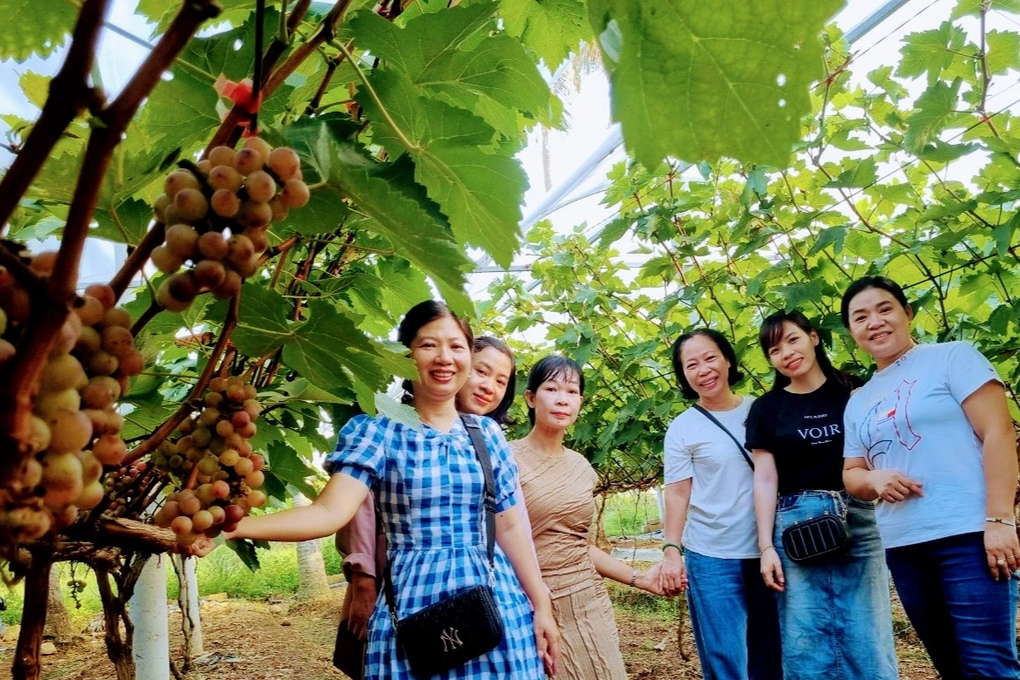
Mr. Than's family's vineyard attracts many people to visit and take souvenir photos (Photo: Bao Suong).
The vineyard owner said that before 2019, he owned 8 harvesters. All year round, he and his team of workers traveled from the North to the South to harvest rice for hire. Once in Bac Giang , he was impressed with the large-scale experimental grape farm of Bac Giang University of Agriculture and Forestry.
"The hanging bunches of grapes and ripe fruit made the farmer's blood in me rise. After researching, I thought I could make a similar garden, so I cherished the idea of growing grapes," said Mr. Than.
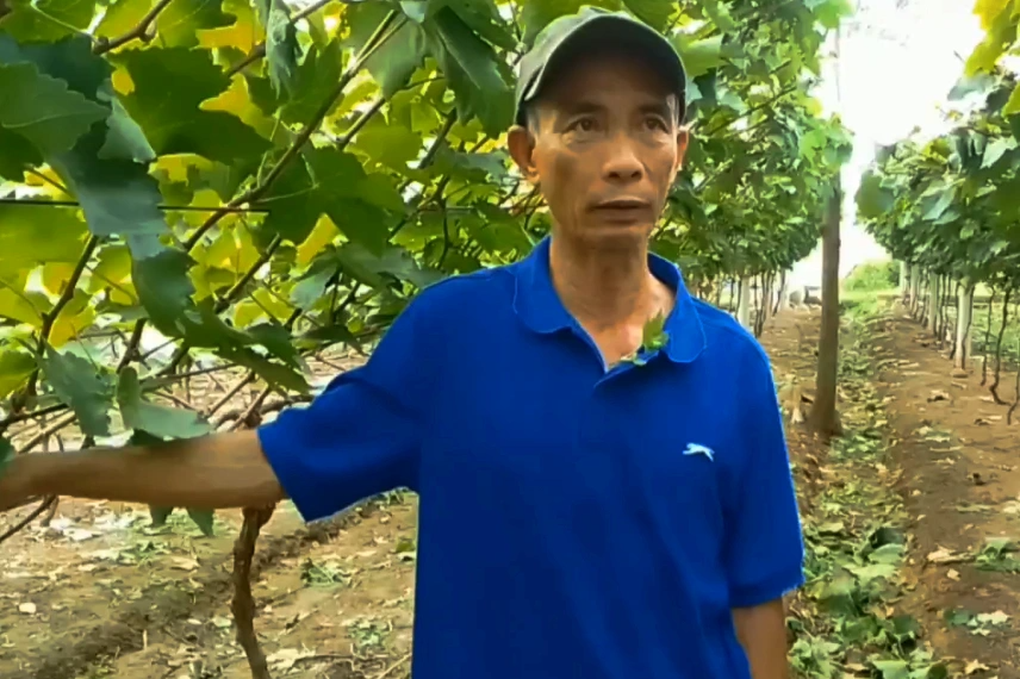
Mr. Phung Ba Than was the first person to bring many imported grape varieties to grow and produce abundant fruit right in Hoai Nhon land (Photo: Bao Suong).
A few years ago, realizing that the harvesting service was saturated, Mr. Than sold all his harvesters and decided to invest in growing grapes. Before changing direction, he went to the Nha Ho Cotton Research and Agricultural Development Institute in Ninh Thuan province to learn about grape varieties and visit gardens.
However, grape varieties in Ninh Thuan are only suitable for sandy soil, and planting and care must follow a separate process, so it is impossible to bring Ninh Thuan grape varieties to grow in Binh Dinh.
In October 2021, Mr. Than returned to the Experimental Farm of Bac Giang University of Agriculture and Forestry, received technology transfer and bought 340 grape seedlings. Of which, there were 280 black-red roots, the rest were peony, red finger, ruby varieties with prices of 350,000-380,000 VND/tree to plant on an area of 0.4 ha of home garden.
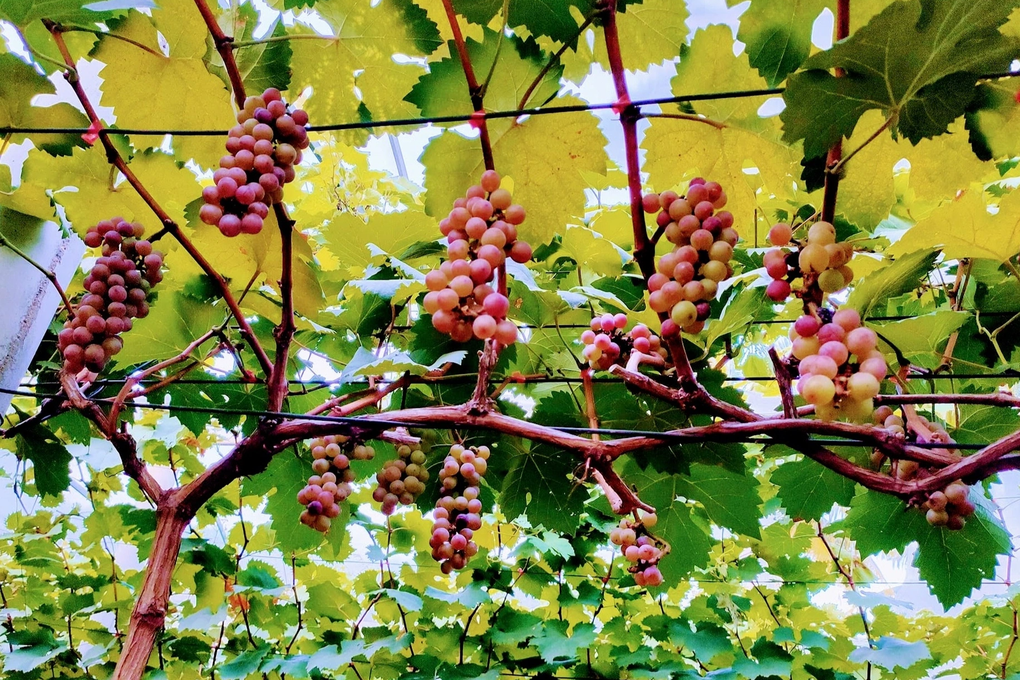
The vineyard is full of fruit (Photo: Bao Suong).
Mr. Than shared that grapes are a "difficult" variety, so ensuring that the plants grow well on the land along the Lai Giang River is not simple. The care is very meticulous, and when the grapes enter the fruiting period, they must be regularly monitored and pruned properly.
To have a vineyard that grows evenly, has plump grape roots, and limits the trees from falling during the rainy and stormy season, Mr. Than invested nearly 400 million VND to level the ground with a slight slope, ensuring drainage according to technical requirements.
"I made a dome roof system with PE plastic, ensuring the right amount of sunlight, preventing rain and frost to prevent burning of young leaves. Each grapevine is watered and fertilized with an automatic drip irrigation system to ensure appropriate humidity," said Mr. Than.
Grapevines generally require high humidity but are "allergic" to waterlogging. Therefore, gardeners raise the planting beds about 0.5m higher than the surrounding ground. If properly cared for and with the right techniques, grapevines can produce fruit continuously for 15-20 years.
"From June until now, in the first ripe fruit season, the bunches of black summer grapes, peonies, and red fingers have attracted many visitors. Everyone who comes here is very surprised because it is the first time they see a vineyard right in Hoai Nhon," Mr. Than excitedly said.
With the success of this grape crop, he has learned from experience and adjusted techniques to suit local weather, climate and soil conditions. From now until the end of the year, he will focus on investing resources, caring for pruning, and regulating growth so that the grapes will bear fruit and ripen evenly in time for the 2024 Lunar New Year.
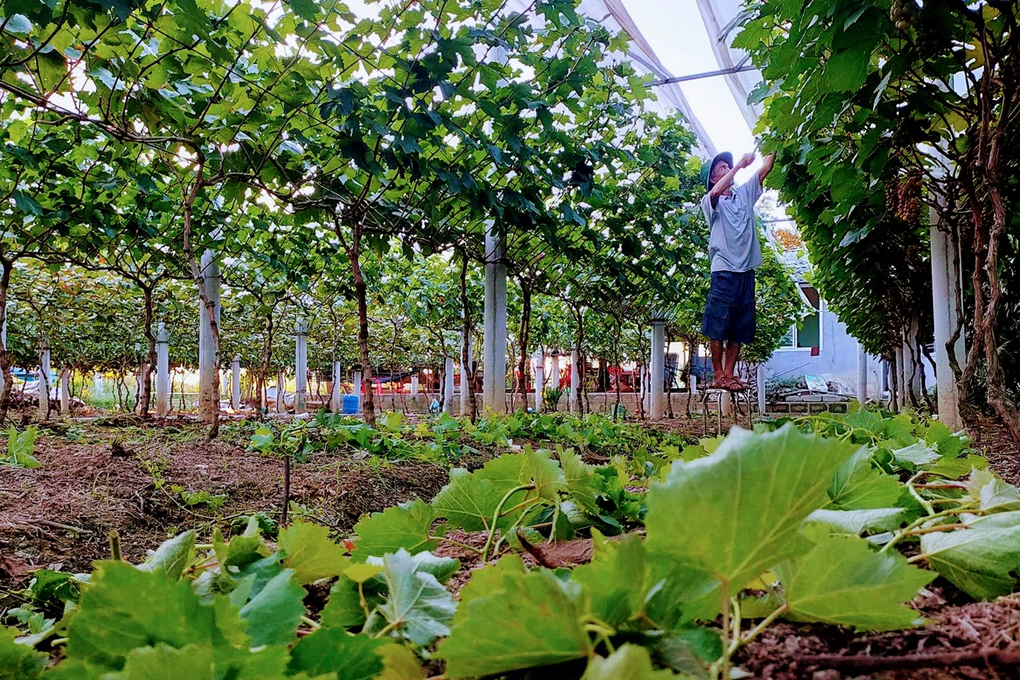
Mr. Than is pruning the tops to prepare for the grape harvest at the end of the year (Photo: Bao Suong).
Mr. Nguyen Ba Ngoc, Vice Chairman of Hoai Duc Ward People's Committee, assessed that although the results were only initial, it was clear that Mr. Phung Ba Than's vineyard had suggested a rather interesting new direction. Mr. Than was the first person to successfully bring grape varieties to grow on the land along the Lai Giang River.
In the future, if the vineyard produces good yields, the locality will negotiate with Mr. Than to allow more people to visit, learn and transfer grape growing techniques. At the same time, encourage households with conditions, especially those living along the Lai Giang River, to invest in grape growing in the direction of developing a green, sustainable agricultural model, increasing income and production value per unit of cultivation.
Bao Suong
Source link


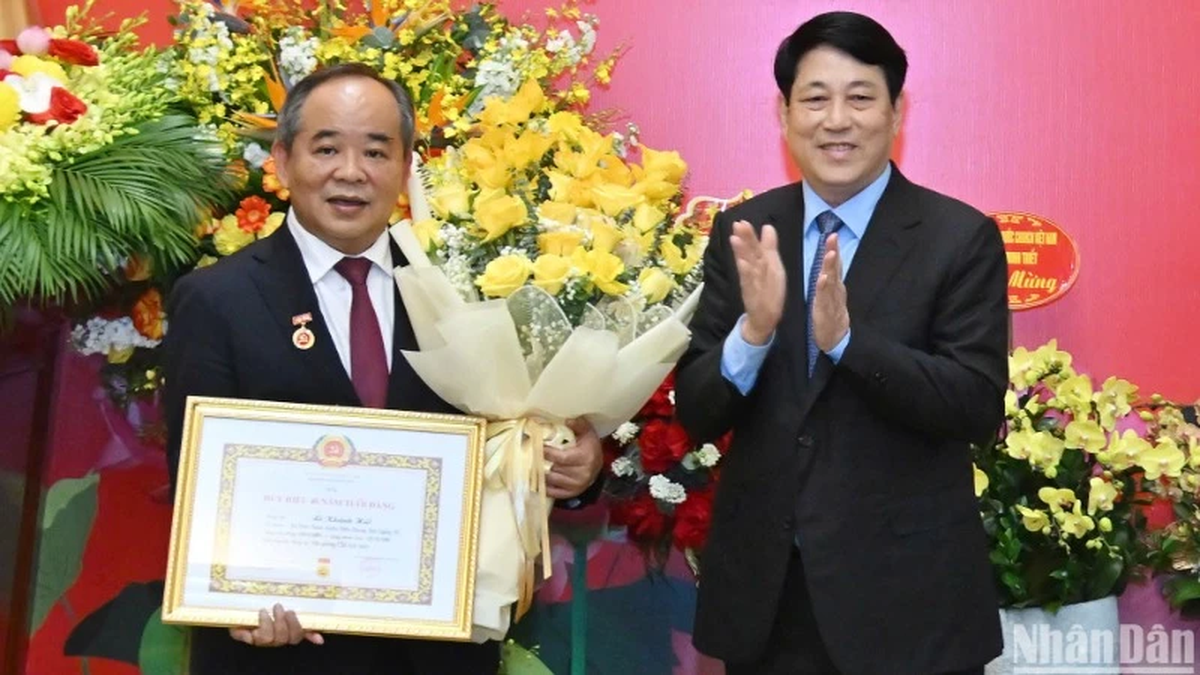
![[Photo] Panorama of the Opening Ceremony of the 43rd Nhan Dan Newspaper National Table Tennis Championship](https://vphoto.vietnam.vn/thumb/1200x675/vietnam/resource/IMAGE/2025/5/19/5e22950340b941309280448198bcf1d9)
![[Photo] Close-up of Tang Long Bridge, Thu Duc City after repairing rutting](https://vphoto.vietnam.vn/thumb/1200x675/vietnam/resource/IMAGE/2025/5/19/086736d9d11f43198f5bd8d78df9bd41)
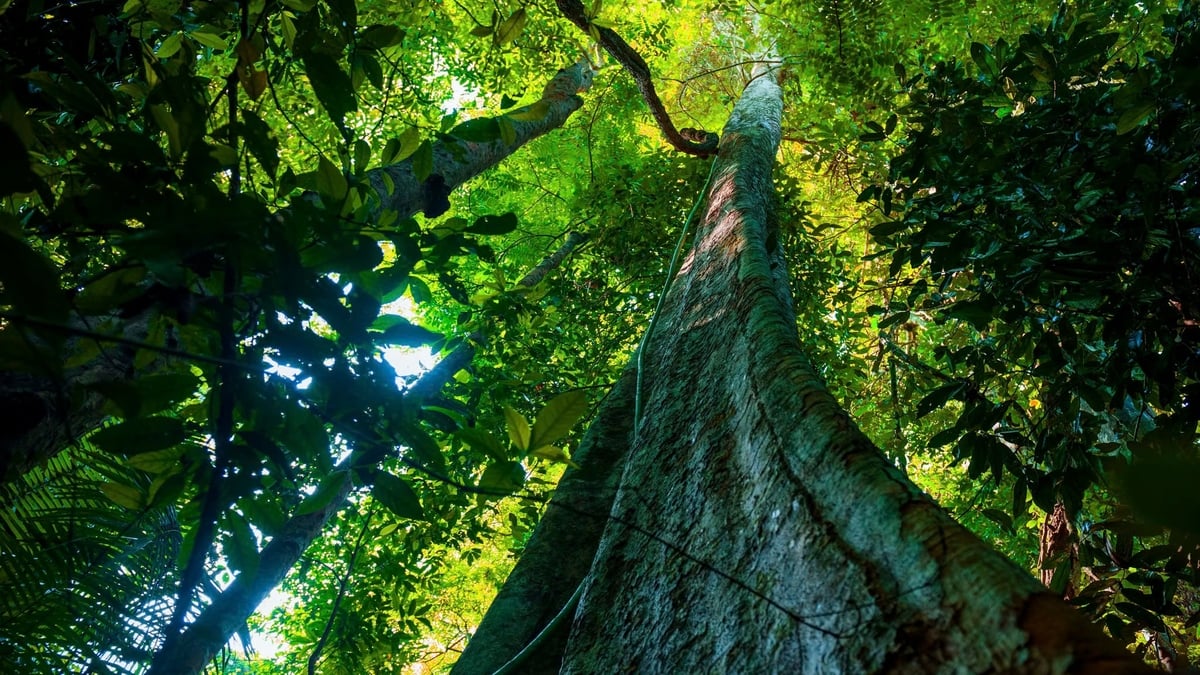
![[Photo] President Luong Cuong presents the 40-year Party membership badge to Chief of the Office of the President Le Khanh Hai](https://vphoto.vietnam.vn/thumb/1200x675/vietnam/resource/IMAGE/2025/5/19/a22bc55dd7bf4a2ab7e3958d32282c15)
![[Photo] General Secretary To Lam attends the conference to review 10 years of implementing Directive No. 05 of the Politburo and evaluate the results of implementing Regulation No. 09 of the Central Public Security Party Committee.](https://vphoto.vietnam.vn/thumb/1200x675/vietnam/resource/IMAGE/2025/5/19/2f44458c655a4403acd7929dbbfa5039)



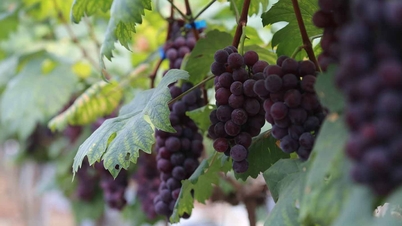
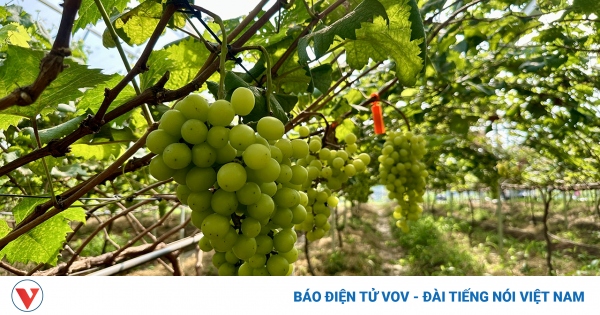

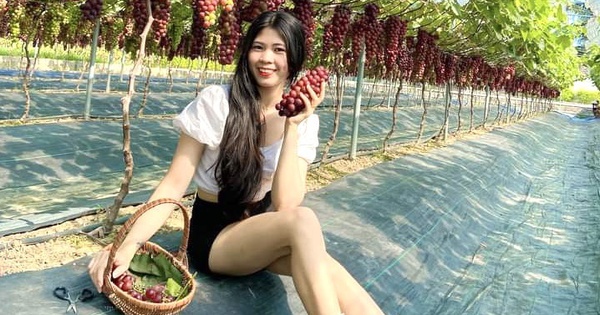

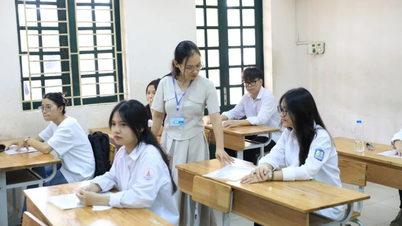

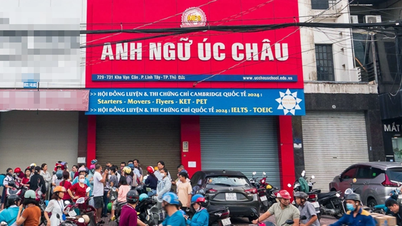



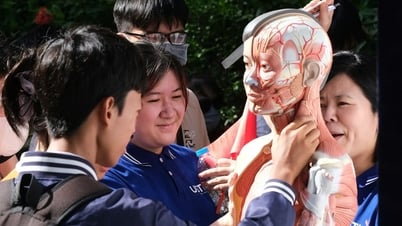


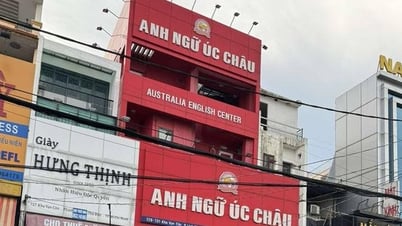







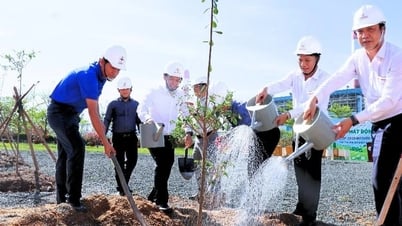


![[Photo] Prime Minister Pham Minh Chinh inspects the progress of the National Exhibition and Fair Center project](https://vphoto.vietnam.vn/thumb/1200x675/vietnam/resource/IMAGE/2025/5/19/35189ac8807140d897ad2b7d2583fbae)
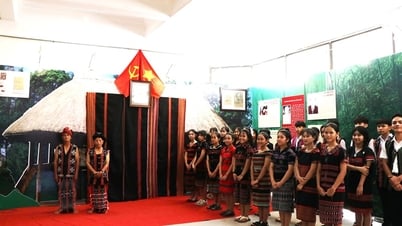

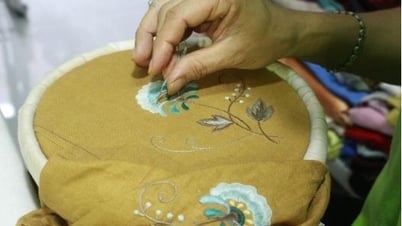




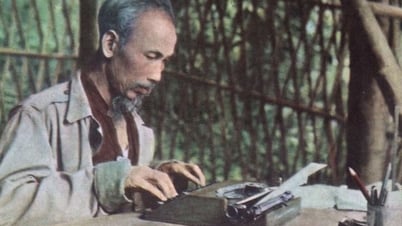
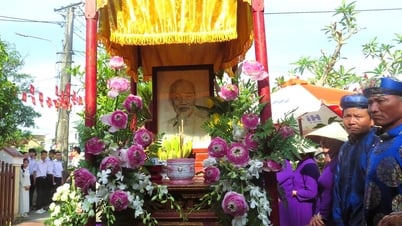


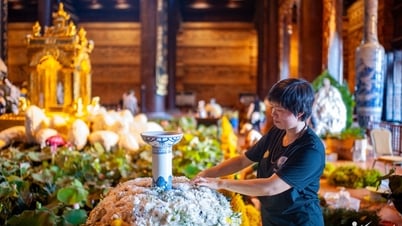
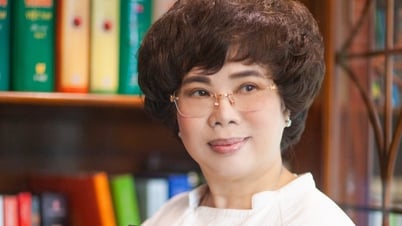

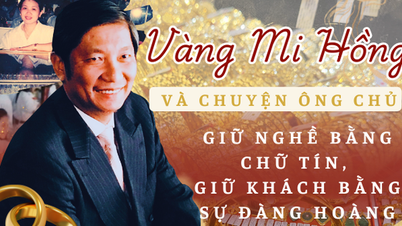

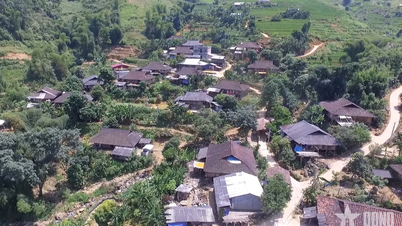

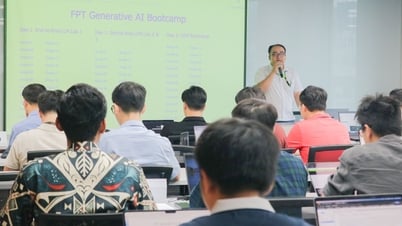

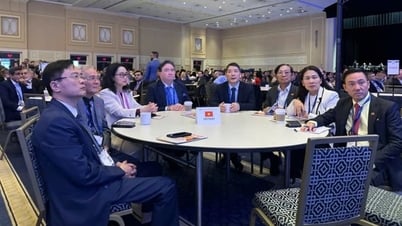
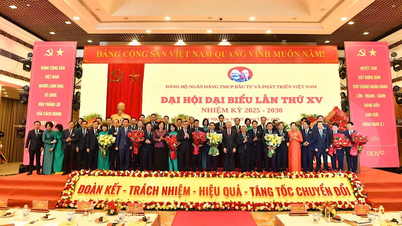


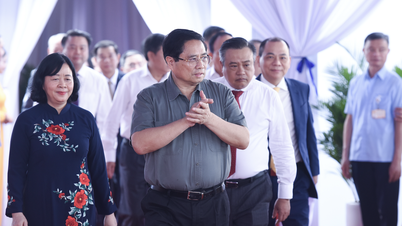
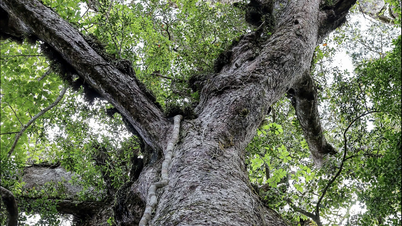

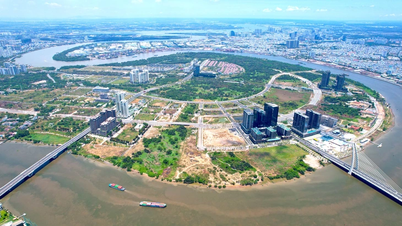

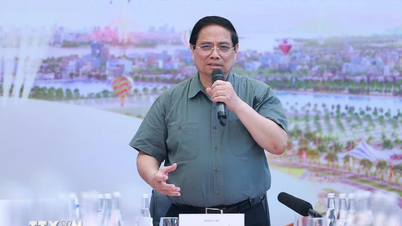
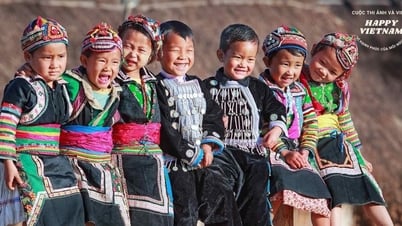



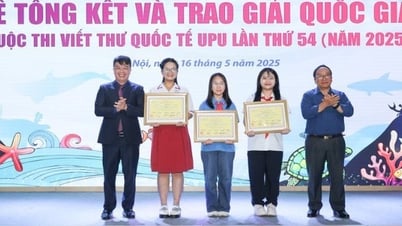

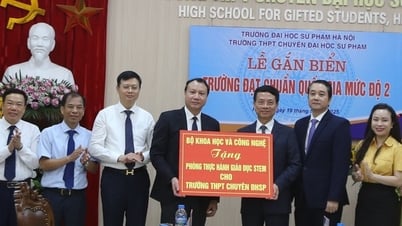







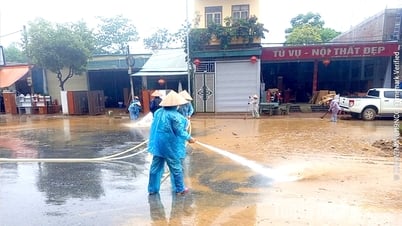

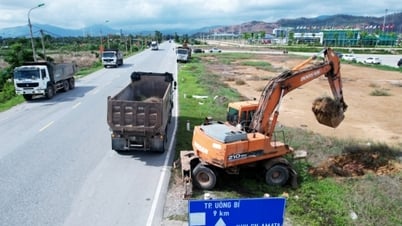

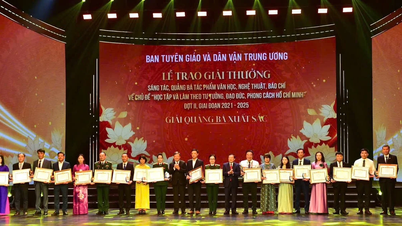

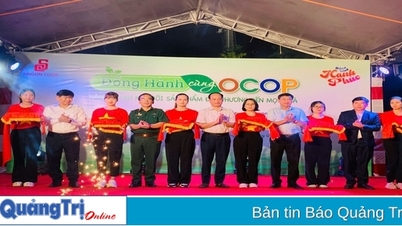

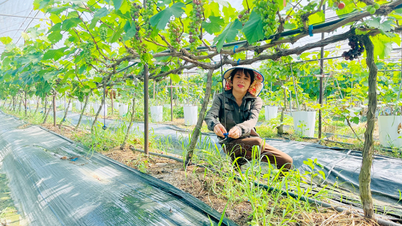

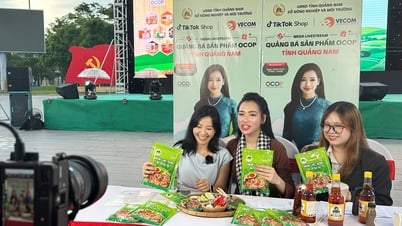

![[VIDEO] - Enhancing the value of Quang Nam OCOP products through trade connections](https://vphoto.vietnam.vn/thumb/402x226/vietnam/resource/IMAGE/2025/5/17/5be5b5fff1f14914986fad159097a677)
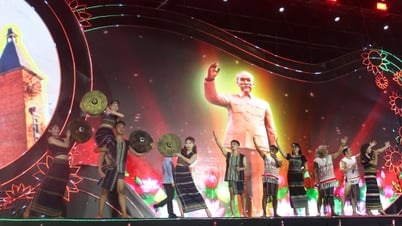

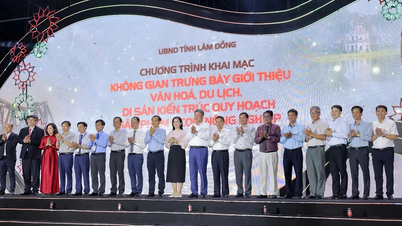
Comment (0)